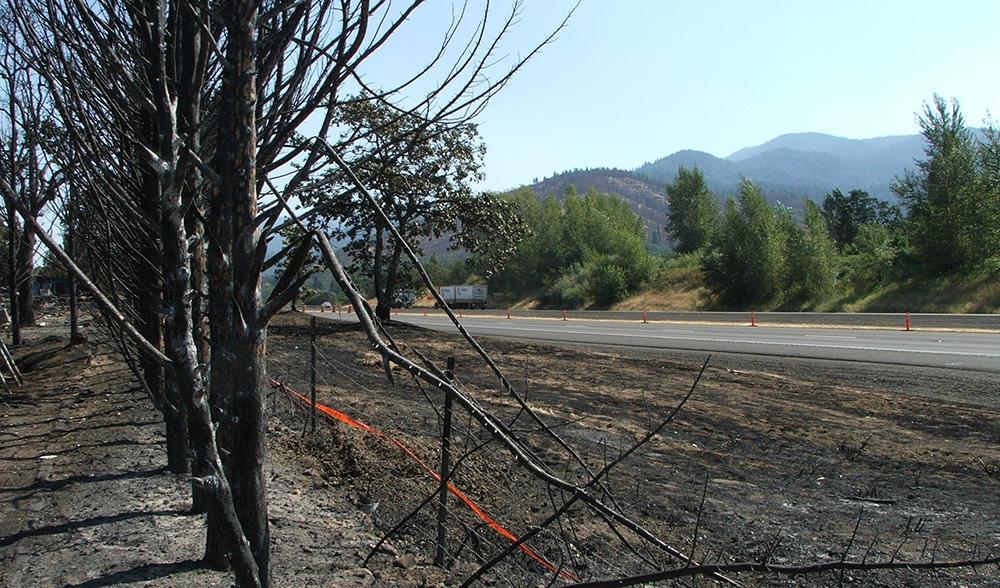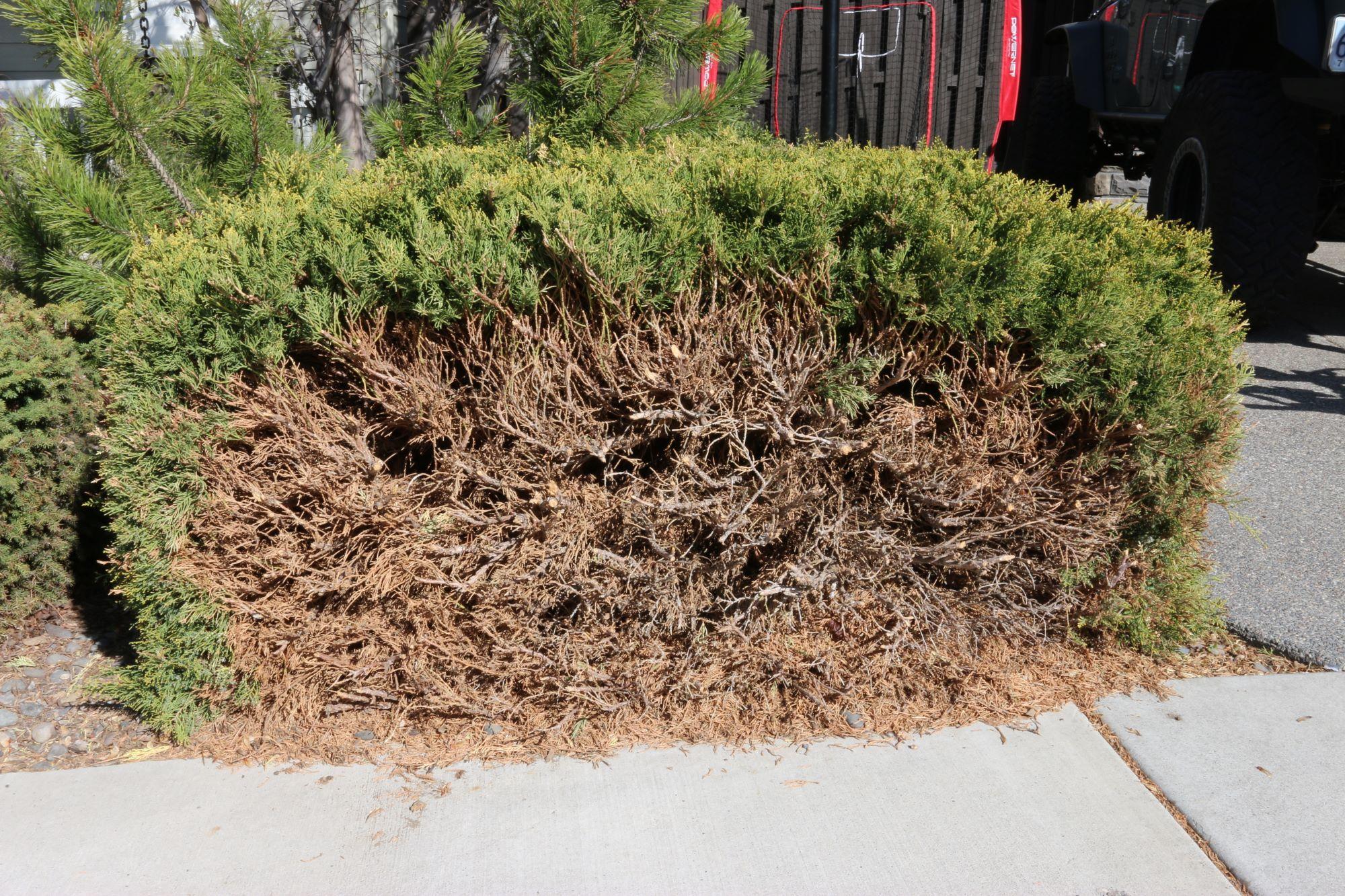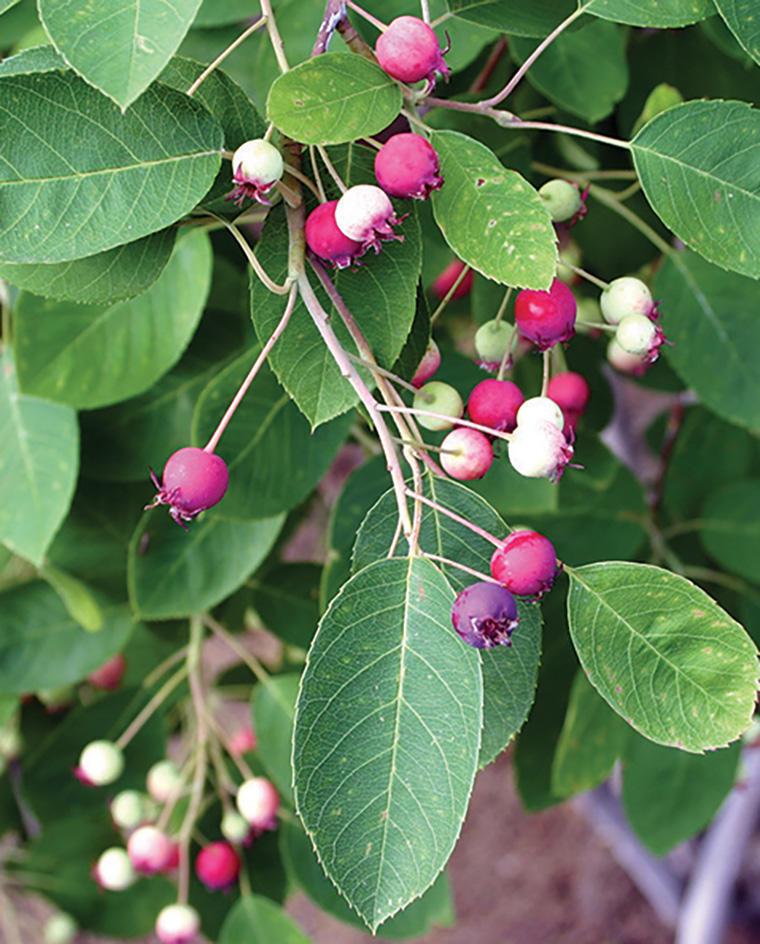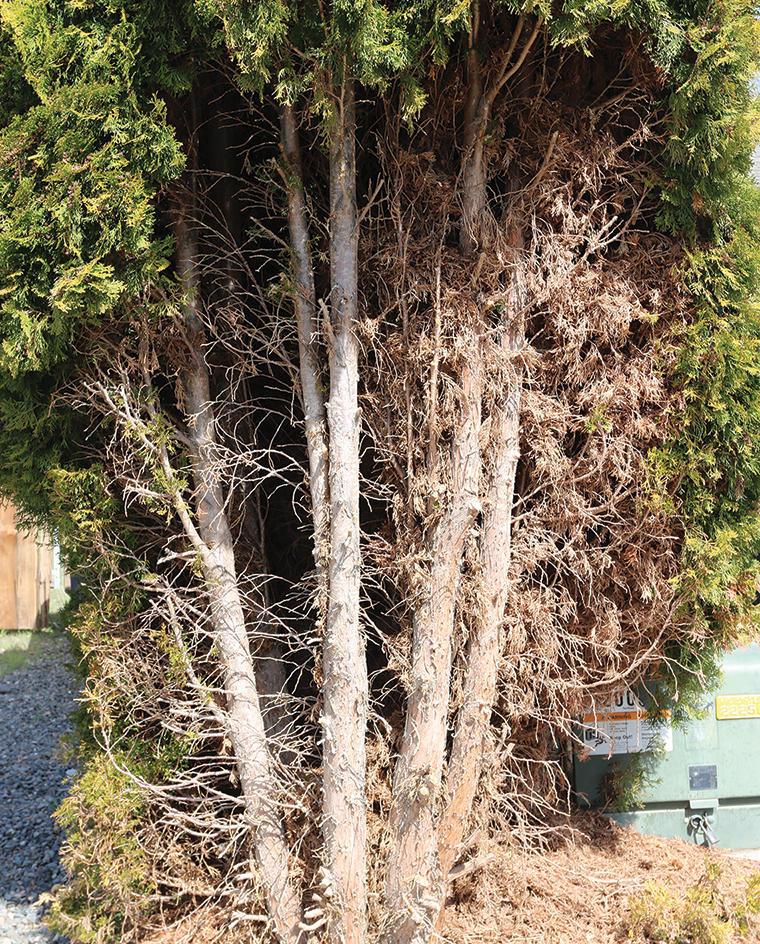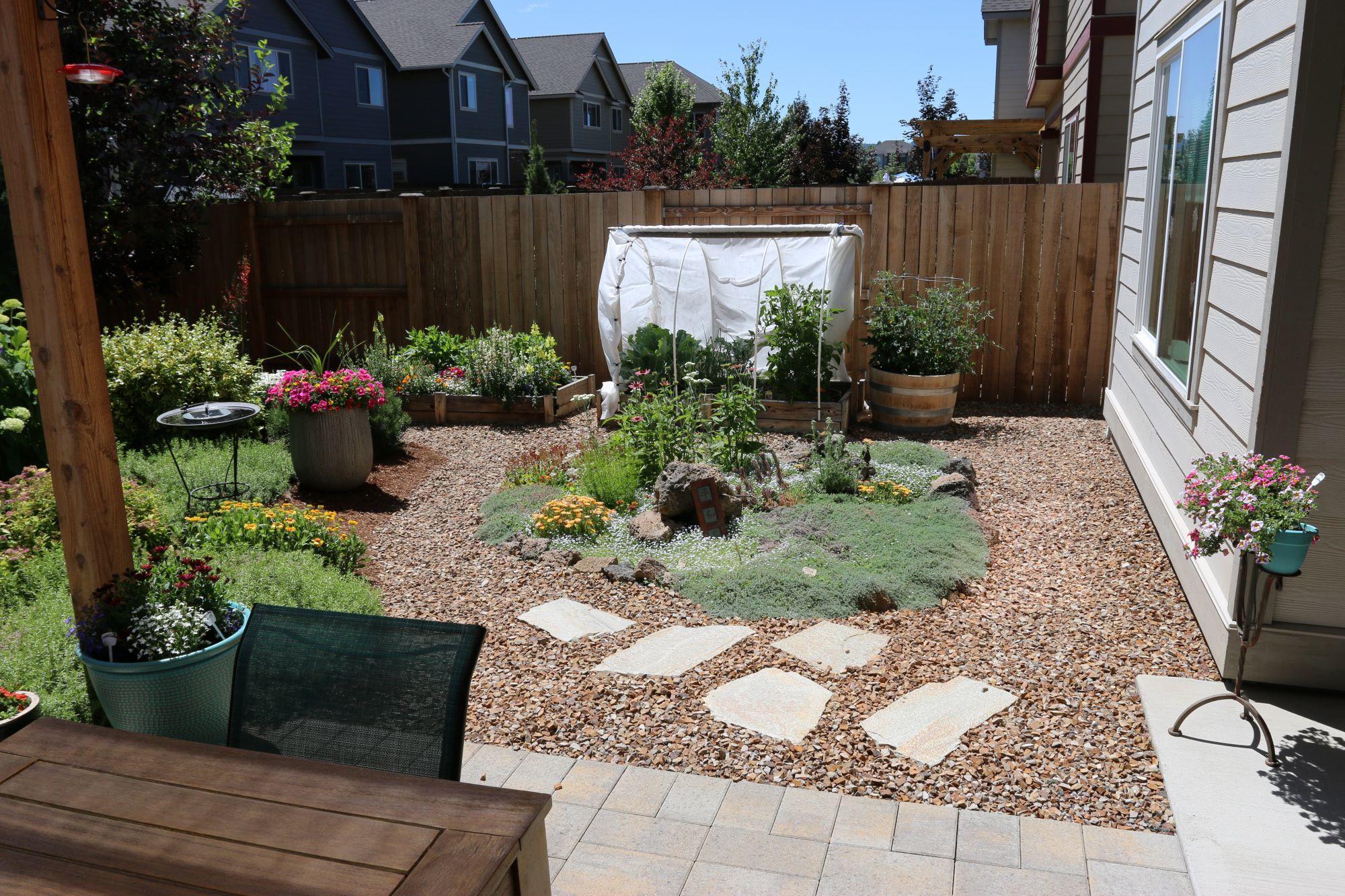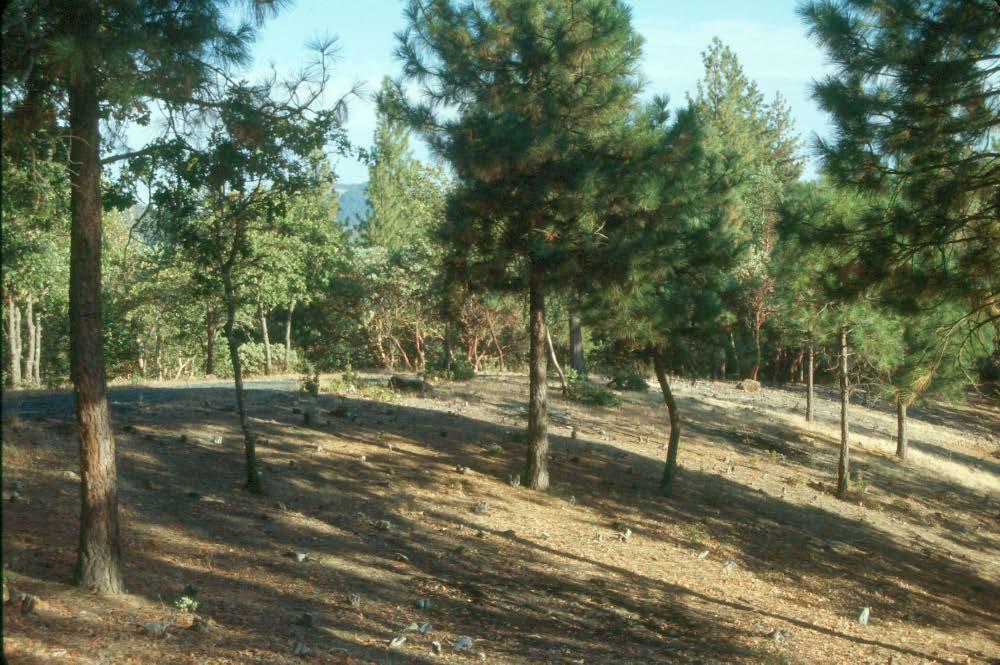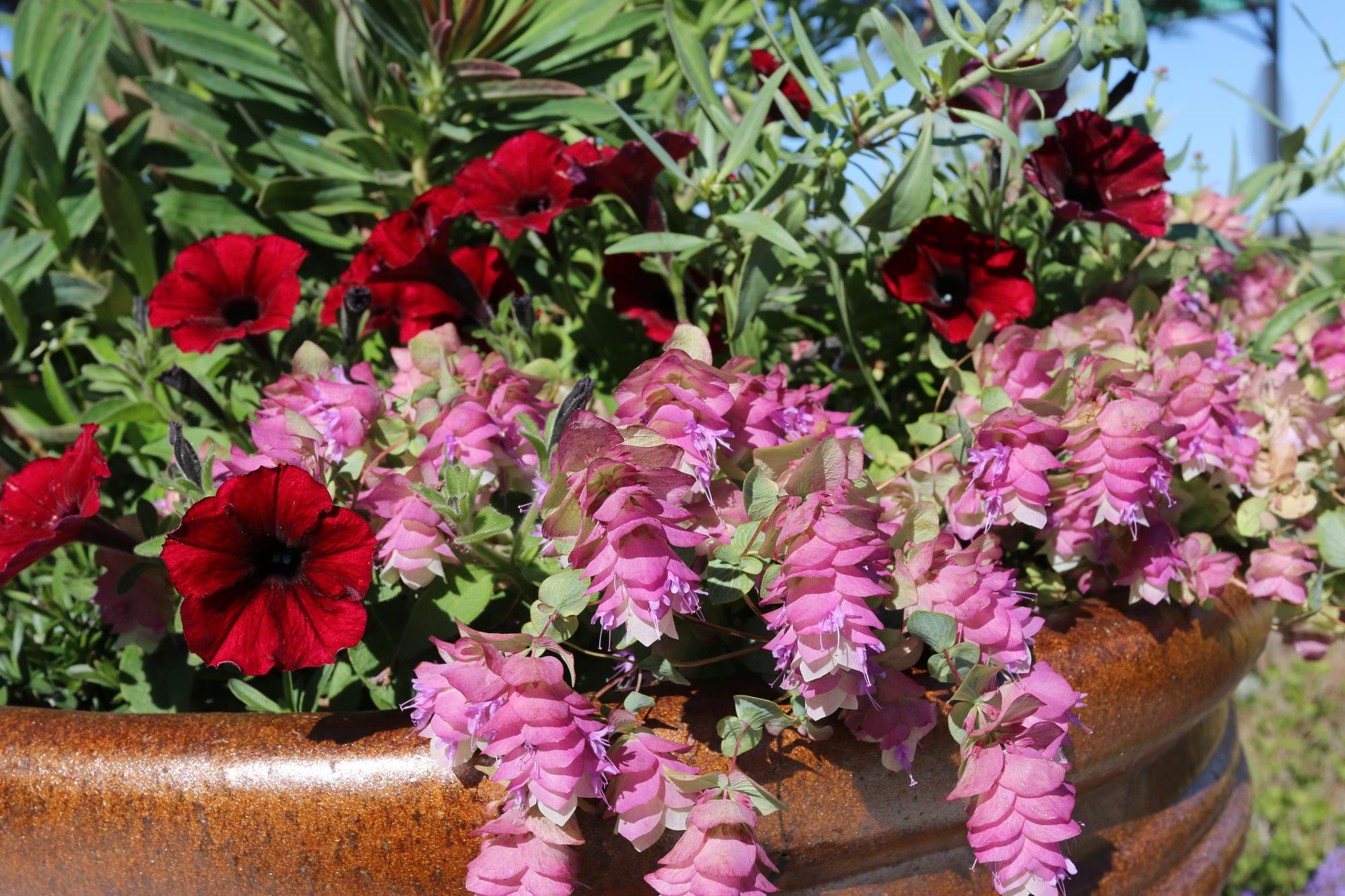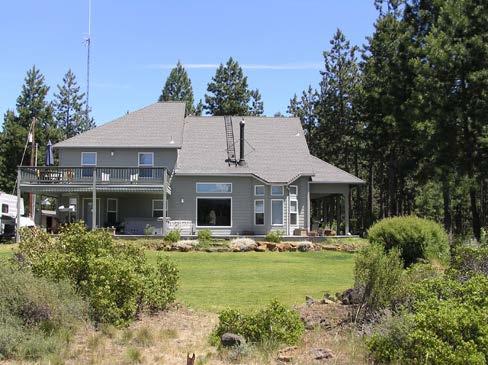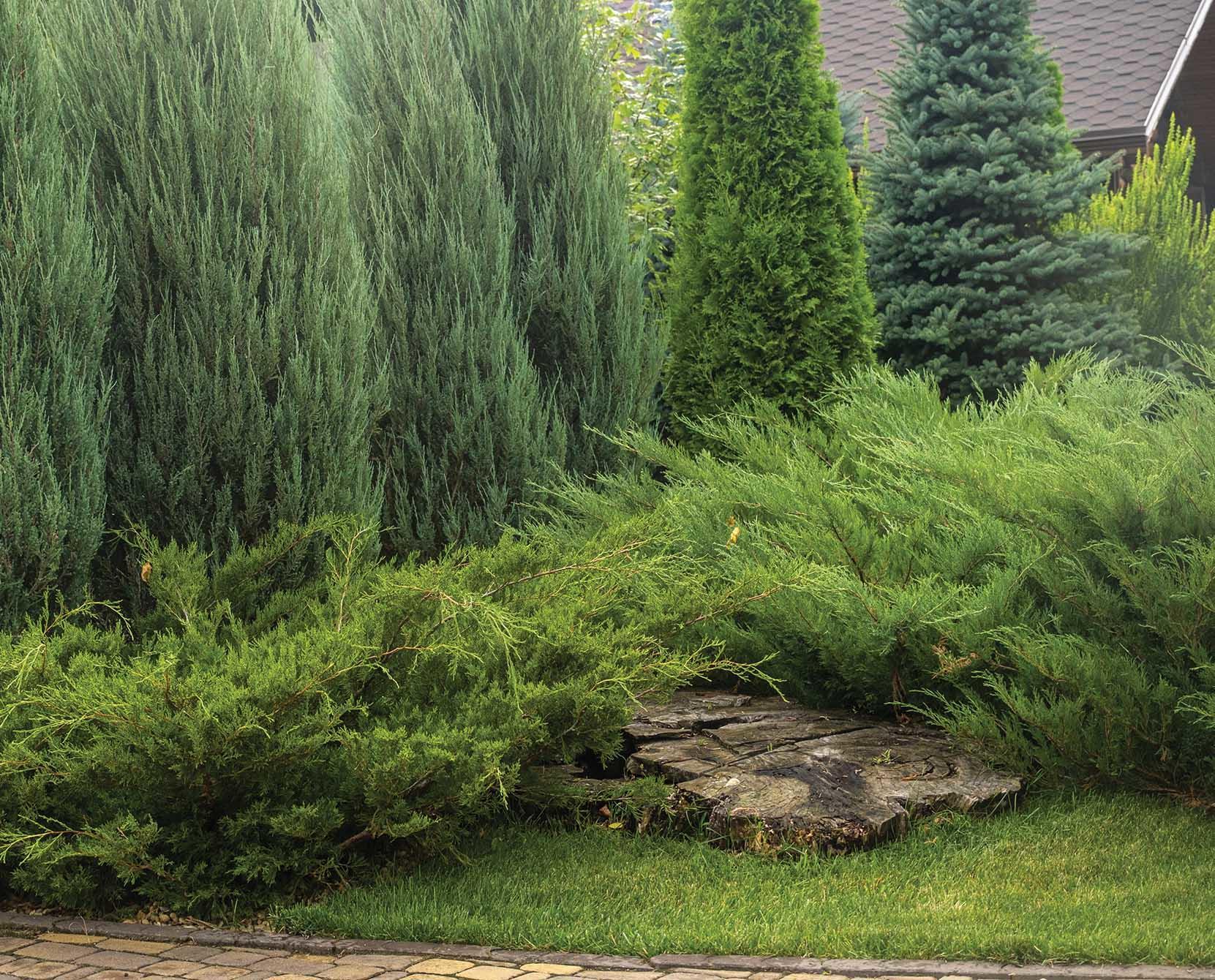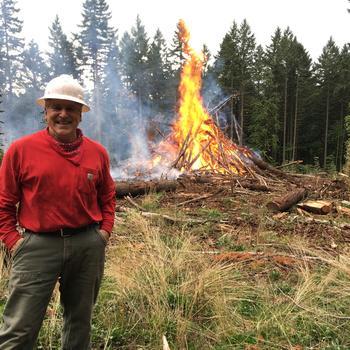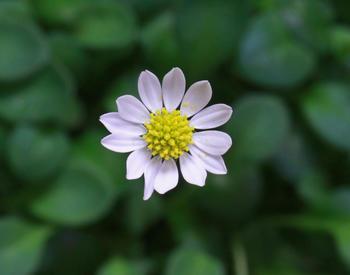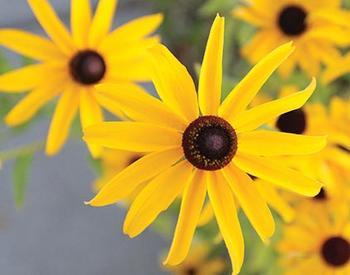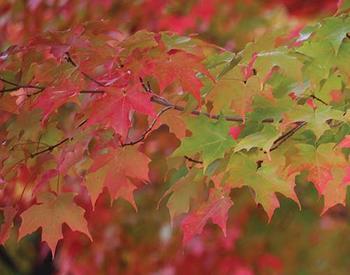Amy Jo Detweiler, Stephen Fitzgerald, Ariel Cowan, Neil Bell and Thomas Stokely
Section anchor "protecting-family-home-and-community"
Protecting family, home and community
Fires are a natural part of the Pacific Northwest’s ever-changing ecosystem. As people continue to live and build in fire-prone landscapes, they must take steps to protect their lives, homes, properties and communities. These safeguards are needed in rural, suburban and urban environments, which are all prone to wildfire devastation.
One way to lower fire risk is to create a defensible space around your home. The Home Ignition Zone, or HIZ, is defined as the home itself and everything around it out to 100 feet (out to 200 feet on steeper slopes). Reduce potential fuel materials within the HIZ to create gaps and slow the spread of any potential wildfires toward your home.
Defensible space also allows room for firefighters to fight the fire safely. This publication uses National Fire Protection Association standards for HIZ distance (Figure 1). See more detailed information in The Home Ignition Zone: Protecting Your Property from Wildfire, EM 9247. HIZ distance guidelines may vary in individual states; check with your local fire department or state authorities on defensible space requirements.
Section anchor "taking-action"
Taking action
Most homeowners want a landscape that:
- Is aesthetically pleasing.
- Creates privacy.
- Complements their home.
- Varies in color, texture, flowers and foliage.
Plant selections should also factor in flammability, since plants contribute to potential fuel. Homeowners should reduce fuel and fire hazards around their homes and include fire-resistant plants in their landscapes. Equally important are proper plant placement, spacing and ongoing plant maintenance.
These practices, when combined, can help protect your home. They do this by blocking intense radiant heat, reducing direct contact with flames and reducing the chance that embers ignite your home (Figure 1).
Flammable plant material in your landscape can increase the fire risk directly around your home. The 2010 Oak Knoll Fire in Ashland, Oregon, is a prime example of how flammable plant material can act as fuel and contribute to wildfire. In this fire, wood shake roofs, high grass and fire-prone plants such as Leyland cypress all contributed to home loss (Figure 2).
Section anchor "what-are-fire-resistant-plants"
What are fire-resistant plants?
Fire-resistant plants are those that do not readily ignite from a flame or other ignition sources. These plants can be damaged or even killed by fire. However, they tend to produce fewer embers, the most common cause for homes burning in wildfires. Their foliage and stems do not significantly contribute to fuel and fire intensity. Several other significant factors influence the fire characteristics of plants, including plant moisture content, age, total volume, dead material and chemical content.
Most healthy deciduous shrubs and trees are fire-resistant. But both native and ornamental plants can be highly flammable. Spreading or upright juniper is one highly flammable shrub often planted in home landscapes (Figure 3). Avoid landscaping with highly flammable plants directly around your home.
Section anchor "selecting-fire-resistant-plants"
Selecting fire-resistant plants
How this list was developed
This plant list was developed from existing scientific literature on plant flammability. The research on plant flammability, especially for ornamental plants, is limited. The list includes plants adapted to grow in either irrigated or non-irrigated landscapes. However, most listed plants require some irrigation to survive summer months, particularly in drier regions. Use the above list of plant characteristics to help determine whether to include plants in your landscape that are not listed in this guide.
Landscape environments vary throughout the Pacific Northwest. Always check with your local Extension office or a nursery when selecting fire-resistant plant material. Avoid invasive plants and ensure your choices are suitable for your environment. At the time of this printing, none of the plants listed in this guide were on state noxious weed lists in Oregon, Washington or Idaho.
You may choose from an array of attractive, fire-resistant trees and other plants. This publication lists perennials, groundcovers, trees and shrubs. These plants are adaptable to several regions in the Pacific Northwest and other Western states.
Most people choose plants based on flower color, light requirements (sun or shade), fragrance or overall appearance. These are all valid reasons for selecting plants. But your first priority in a fire-wise landscape should be to select the fire-resistant plants best adapted to your region. Group plants with similar adaptability, water, soil and sunlight requirements. Use drought-tolerant plants in drier locations. When choosing non-native plants, make sure they are non-invasive. Invasive plants can displace native plants, causing both environmental and economic damage.
The mature size of plants is an often overlooked factor to consider. This is especially important when planting trees or shrubs near homes. Ensure adequate spacing so that fire cannot spread into the canopy (Figure 4) or touch roof lines as the plants mature. Allow enough space for a plant to fill in without needing to severely prune it or move it as it matures. In the 5- to 30-foot zone, choose low-growing (12 inches or less) perennials or groundcovers over taller ones.
Be sure to choose plants that are adaptable to your area and suitable for your U.S. Department of Agriculture Hardiness Zone. Hardiness zones are meant to serve as guides, not as an absolute for plant selection and survivability. Many other factors contribute to whether a plant will survive and become more fire-prone. These include soil type, rainfall, heat tolerance, and exposure to wind and sun. Consider the microclimates that exist in your community and your own backyard.
Placing, spacing, mulching and maintenance
While plant selection is important, so are design and plant spacing. Avoid placing any plant material within 5 feet of the home, known as the immediate zone in the HIZ.
The intermediate zone (5–30 feet out from the home) can include fire-resistant plants that are well-maintained and adequately spaced. Allow 10 feet or more between group plantings. Increase these distances if your home is on or near slopes. Allow ample space between plantings both vertically and horizontally. Avoid planting in rows, as this can create a continuous path of fuel for fire to spread. Reduce ladder fuels (Figure 5) by removing tall grass, shrubs and small trees beneath larger trees. Keep a minimum of 15 feet between tree branches and your home.
To maintain your fire-wise landscape, follow best practices on pruning, watering, mowing heights and plant placement. For more maintenance tips, see The Home Ignition Zone: Protecting Your Property from Wildfire, EM 9247.
Designing for small spaces in urban lots
In more urban environments, houses are closer together with smaller lot sizes. Fire-wise landscape practices still apply to plant selection, spacing and fuel reduction. But the key to protecting urban homes on smaller lots is cooperation within neighborhoods. Take an organized approach to communicating expectations for a fire-wise community. For example, fuel reduction — such as removing pine needles or plant debris from gutters and roofs — should be a goal for all homeowners. Use HIZ best practices in the area from the home out to the edge of the property, even if it measures less than 100 feet. See “Resources.”
Using decorative mulch and hardscapes in your landscape
Mulch can help conserve moisture, minimize erosion and suppress weeds. However, it’s important to use the right type of mulch and in the right locations. Bark mulch, while a popular choice in home landscapes, IS NOT recommended within 5 feet of a home. Bark mulch or chips can easily ignite, especially when dry. Also avoid recycled rubber mulch materials, which are highly flammable. Instead, consider using nonflammable decorative rock or gravel, especially in areas adjacent to your home (Figure 6). See The Combustibility of Landscape Mulches, UN Extension SP-11-04.
Hardscaping is the use of pavers, boulders, statues, benches — anything that is not a living plant but adds design features or utility to your outdoor living space. Hardscape features that are noncombustible can add beauty and create a defensible space around the home.
Maintenance
Properly maintain your landscape in the HIZ to keep plants healthy and reduce potential fuel. Follow these practices annually as needed, particularly as the growing season progresses and plant material (fuels) accumulates or dries out.
- Keep plants, including turfgrass, well-watered to maintain plant health, sustain leaf moisture content and reduce drought stress that could lead to dead plant material.
- Remove any dead or dying plant material such as branches. Cut back spent blossoms, leaves and stems throughout the growing season.
- Prune or remove trees and shrubs as needed to reduce ladder fuels and maintain horizontal and vertical spacing between plant clusters. Prune conifers in early to midwinter to avoid attracting insect pests (Figure 7).
- Tune up your irrigation system in spring and monitor it throughout the growing season.
- Keep turf grasses mowed to 3–4 inches and native grasses to 6 inches or less.
- Remove weeds, invasive grasses and overgrown brush such as cheat grass and Himalayan blackberry.
Annuals and bulbs
Annuals and spring-blooming bulbs can be part of a fire-resistant landscape if well-watered and maintained. This publication does not list individual annuals due to the large number of choices available to homeowners.
Turf
You can include a well-maintained lawn in a fire-resistant landscape. (Figure 9). Keep grass mowed to an appropriate height for your grass type. Mow to 3–4 inches. Your lawn should be well-irrigated, thriving and free of dead patches or unkept weedy areas. Some common cool-season grasses include Kentucky bluegrass, turf-type tall fescue, perennial ryegrass, fine fescue and bentgrass. Some types are more drought tolerant than others. See more OSU Extension resources on lawn care and maintenance.
Not on the list: ornamental grasses, conifers and vines
Ornamental grasses, conifers and vines add design and beauty to a landscape. Unfortunately, they have characteristics not suited for a fire-wise design. Most ornamental grasses grow too tall, and conifers contain flammable oils. Continuous stands of taller grasses can contribute to fire spread. Tall grasses planted beneath trees can spread fire to the branches.
Vines can act as a ladder fuel. If you plant vines, place them in isolated areas away from the home. Only one vine, honeysuckle, is included in this guide. Avoid planting vines under other vegetation.
If you choose to include grasses or conifers, place them away from the home in isolated areas. Avoid planting beneath trees.
Frequent maintenance of conifers and ornamental grasses is critical to reducing fire risk. Trim dry, dead stalks and prune lower branches 6 to 10 feet from the ground to limit ladder fuels. When pruning branches, avoid removing more than 30% of the original canopy to prevent excessive stress to the tree. Leaving some lower branches for wildlife is acceptable farther away from the home (30- to 100-foot zone) as long as the tree is spaced away from other vegetation.
Don’t plant conifers next to a home. If you have established conifers near your home that you cannot bear to remove, consider some mitigating actions. Prune overhanging branches and limbs. Create a minimum of 15 feet of clearance from the roof. Space other plants and shrubs farther away from conifers. Because conifers drop needles on roofs and gutters, annual cleaning is a must.
Invasive plants
For a current list of invasive plants in your area, see the following resources.
- Oregon Invasive Species Council
- Oregon Department of Agriculture Noxious Weed Control
- Washington State Noxious Weed Control Board
- Washington Invasive Species Council
- Idaho State Department of Agriculture Noxious Weed Program
- Invasive Plant Atlas of the United States
- USDA Plants Database
- National Invasive Species Information Center
Section anchor "resources"
Resources
- The Combustibility of Landscape Mulches, SP-11-04, University of Nevada Cooperative Extension
- Fire Resistance of Plants Master Database and Placement of Species within Firewise Landscape Zones for Southern Idaho
- Fire-resistant Plants for Eastern Washington
- Firewise USA
- The Home Ignition Zone: Protecting Your Property from Wildfire, EM 9247
- Keeping Your Home and Property Safe from Wildfire: A Defensible Space and Fuel Reduction Guide for Homeowners and Landowners, EM 9184
- Oregon Defensible Space
- Water-wise Gardening in Central Oregon, EM 9136
- Fire publications and resources from OSU Extension
- Wildlife-Friendly Fuels Reduction in Dry Forests of the Pacific Northwest, Woodland Fish and Wildlife
- Oregon Flora
- Oregon State University landscape plants
Section anchor "evergreen-trees-and-shrubs"
Evergreen trees and shrubs
Evergreens keep their needles throughout the year, providing winter color in your landscape. However, most evergreens have fire-prone characteristics, such as resin, that do not lend themselves to a fire-wise landscape. Few evergreens are fire-wise plants.
If you choose to use a specialty conifer, plant it as far away from the home as possible, with few fire-wise plants near it. You can plant conifers in the extended zone (30–100 feet) outwards, with no other plant material around them. Remove lower limbs and make sure no limbs touch roofs, siding or other structures. Rake and remove needles from the first two zones to reduce fuels around the home.
Ponderosa pine and western larch are among the most fire-resistant conifers due to their thick bark, which protects them from fire, and the high moisture content of their foliage. As conifers mature, their bark thickens, increasing their fire-resistance.
Section anchor "acknowledgments"
Acknowledgments
- Lisa Cowan, outreach program coordinator, Central Oregon, provided technical support.
- This project was supported by the Central Oregon Master Gardener Association.
- Some material adapted from University of California Cooperative Extension Hortscript, 1996, No. 18.
Disclaimer: The purpose of this document is to provide homeowners with guidance on ways to landscape their property with fire-resistant plants to help reduce losses from wildfire damage. These suggestions and recommendations are based on professional judgment, experience and research. This publication is intended to serve only as a guide. The authors, contributors and publisher disclaim all warranties and guarantees with respect to the information in the document and assume no liability or responsibility with respect to the information.


